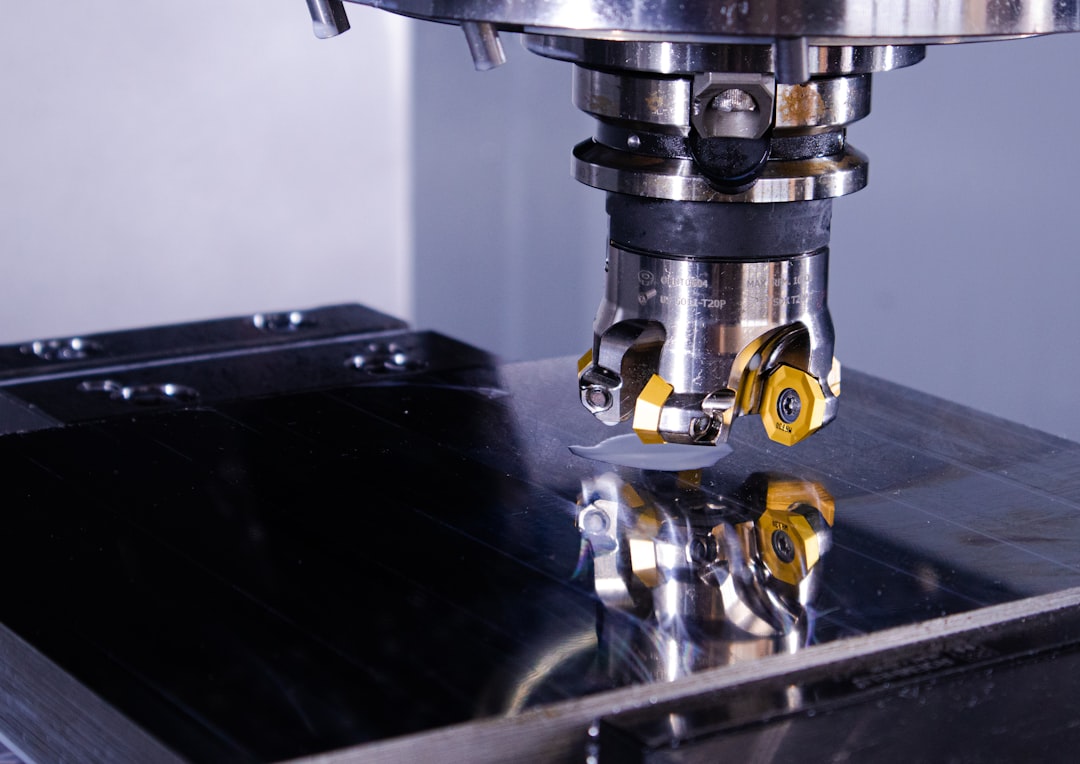What is it about?
Novel design using qubits candidates-based organic nitroxide pillars incorporated in a 2d-array within a metal-organic framework were developed by these scientists. Organic qubit candidates were installed in MOFs with structural variability and tunable properties. They developed a pillared-paddlewheel-type MOF structure that contains 4,7-bis(2-(4-pyridyl)-ethynyl) isoindoline N-oxide and 1,4-bis(2-(4-pyridyl)-ethynyl)-benzene pillars that connect 2D sheets of 9,10-dicarboxytriptycene struts and Zn2(CO2)4 secondary binding units. The design allows for the formation of ordered arrays of reorienting isoindoline nitroxide spin centers with variable concentrations through the use of mixed crystals containing the secondary 1,4-phenylene pillar.
Featured Image

Photo by Michael Dziedzic on Unsplash
Why is it important?
This is useful in exploring efficient and cheaper design options for qubits based on metal organics in the quest to advance quantum information science (QIS). Different spectroscopic techniques was utilized to characterize and analyze these models. This project also showcased the use of electron paramagnetic resonance (EPR) method as a way to characterize these models at a microscopic level and learn about the orientation of these incorporated qubits and their spacing.
Perspectives
It was a pleasure working with all the brilliant scientist involved on this project
Mayokun Joshua Ayodele
Bowling Green State University
Read the Original
This page is a summary of: 2D Arrays of Organic Qubit Candidates Embedded into a Pillared-Paddlewheel Metal–Organic Framework, Journal of the American Chemical Society, September 2020, American Chemical Society (ACS),
DOI: 10.1021/jacs.0c07251.
You can read the full text:
Resources
Contributors
The following have contributed to this page










